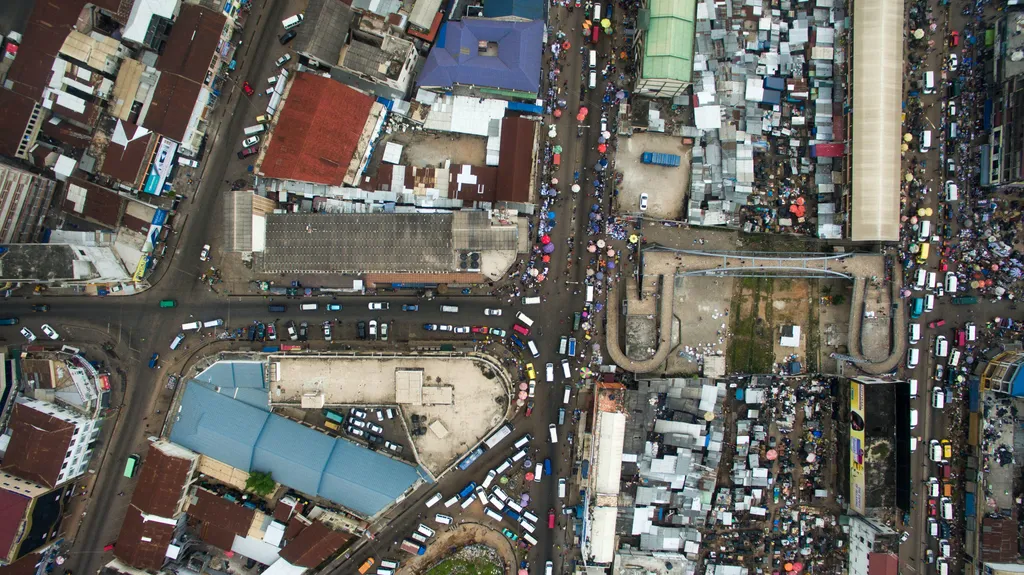In the bustling city of Kumasi, Ghana, where traffic congestion and environmental concerns are growing, a new study offers a glimpse into how park-and-ride (P&R) systems could revolutionize urban mobility. Led by Emmanuel Dzisi from the Department of Civil Engineering at Kwame Nkrumah University of Science and Technology, the research, published in *Urban, Planning and Transport Research* (which translates to *Urban, Planning and Transport Research* in English), explores the potential of P&R systems to reduce car dependency and promote sustainable transportation.
The study surveyed 501 commuters, revealing that over 90% expressed interest in using P&R services, particularly under a flexible, pay-per-use model. “The high level of interest suggests that commuters are open to alternative transportation solutions that can alleviate traffic congestion and reduce environmental impact,” Dzisi noted. However, the research also identified key socio-demographic factors influencing willingness to pay (WTP), with older adults and those in informal work being less likely to participate.
While the model developed by Dzisi and his team showed high predictive accuracy (90.4%), its low specificity (2.04%) indicates a risk of overestimating demand. This nuance is crucial for urban planners and policymakers, as it highlights the need for careful consideration when implementing such systems.
The study also conducted spatial analysis, identifying key traffic nodes such as the Suame and Komfo Anokye roundabouts as optimal locations for P&R hubs. “Integrating P&R with broader street planning efforts, including Bus Rapid Transit (BRT) systems, user safety, and coordinated governance, is essential for success,” Dzisi emphasized. This integrated approach could significantly impact the energy sector by reducing car dependency and promoting multimodal mobility, ultimately contributing to more sustainable and efficient urban environments.
As African cities continue to grow and face increasing traffic and environmental pressures, the findings from this study offer valuable insights into how P&R systems can be part of a broader shift toward more sustainable and efficient street use. By reimagining streets for accessibility, sustainability, and equity, cities like Kumasi can pave the way for a future where urban mobility is both efficient and environmentally friendly.

